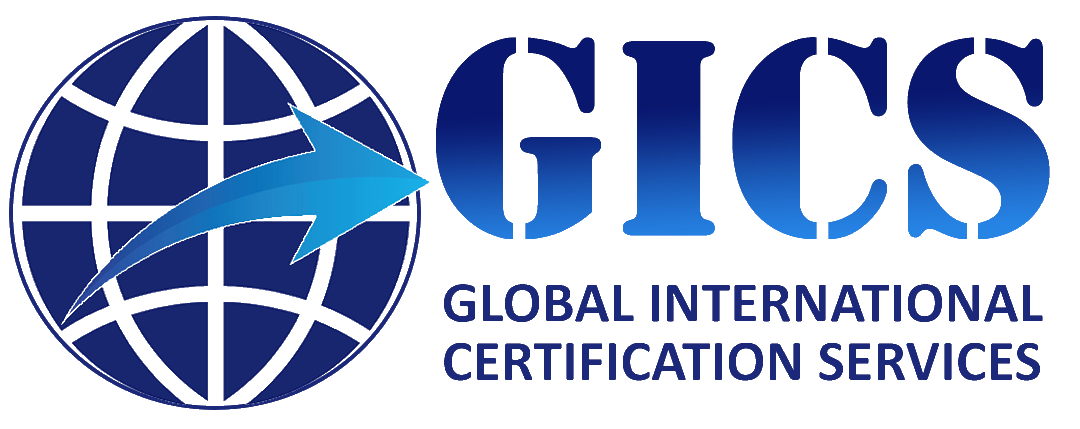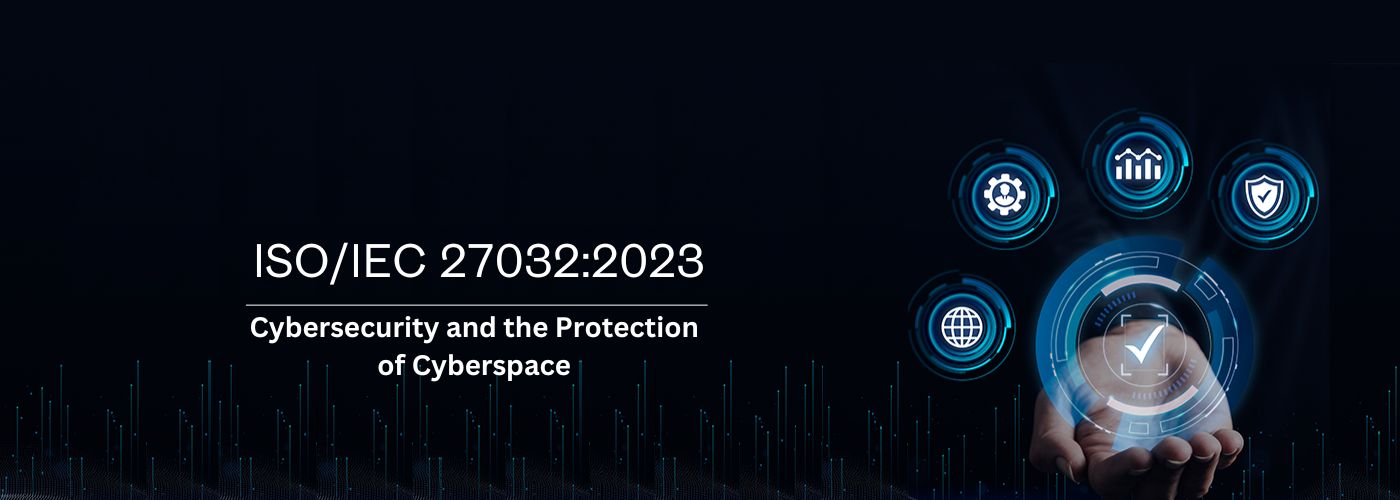Cybersecurity and the Protection of Cyberspace
ISO/IEC 27032:2023 is the latest version of the international standard for cybersecurity, providing guidelines and best practices for protecting cyberspace. This standard focuses on establishing comprehensive strategies for managing cybersecurity risks, protecting critical infrastructure, and ensuring the integrity of the digital world in the face of increasing cyber threats.
Overview of ISO/IEC 27032:2023
ISO/IEC 27032:2023 is an essential framework for organizations aiming to enhance their cybersecurity posture and protect sensitive data and systems from cyber threats. The standard serves as a guide to create a collaborative and secure environment between various stakeholders, including:
- Government entities
- Organizations (private, public, and non-profit)
- Individuals (employees, users, and consumers)
By establishing effective controls, policies, and procedures, ISO/IEC 27032:2023 aims to ensure that organizations can detect, respond to, and recover from cyber incidents, minimizing potential damage.
Key Features of ISO/IEC 27032:2023
The ISO/IEC 27032:2023 standard includes the following key areas:
1. Governance and Risk Management
- Outlines how to integrate cybersecurity into organizational governance structures.
- Provides a comprehensive risk management approach to identify, assess, and mitigate cybersecurity risks.
- Encourages a proactive cybersecurity culture, aligning organizational leadership and employees toward common security goals.
2. Cybersecurity Threat Landscape
- Helps organizations understand the evolving cybersecurity threat landscape, including emerging trends, technologies, and attack vectors.
- Focuses on key threats such as cyberattacks, data breaches, and cybercrimes.
3. Stakeholder Coordination
- Encourages collaboration between different parties involved in cybersecurity, including governments, private sector entities, law enforcement, and international organizations.
- Establishes protocols for information sharing and coordinated responses to cybersecurity threats.
4. Cybersecurity Incident Management
- Provides guidelines for detecting, managing, and recovering from cybersecurity incidents.
- Offers best practices for incident response, business continuity planning, and disaster recovery.
5. Technical and Operational Controls
- Focuses on technical solutions, such as encryption, network security, and secure communication protocols, to protect cyberspace.
- Highlights the importance of maintaining secure software development practices and implementing access control mechanisms.
6. Awareness and Capacity Building
- Stresses the importance of cybersecurity awareness training for all levels of an organization.
- Promotes the development of a skilled workforce capable of responding to and mitigating cyber threats.
7. Legal, Regulatory, and Compliance Requirements
- Provides guidance on how to navigate the complex landscape of laws, regulations, and standards related to cybersecurity.
- Assists organizations in ensuring compliance with local and international cybersecurity regulations.
Why ISO/IEC 27032:2023 is Important
With the rapid expansion of digital technologies, organizations face increased exposure to cyber risks, including data breaches, identity theft, and critical infrastructure attacks. ISO/IEC 27032:2023 offers a structured approach to cybersecurity that helps organizations:
- Improve risk management: By identifying potential threats and vulnerabilities, organizations can reduce the likelihood of a cyber incident.
- Enhance incident response: A well-defined approach to incident management ensures that organizations can swiftly address and recover from cyberattacks.
- Ensure business continuity: With effective cybersecurity practices, organizations can ensure that their services and operations remain resilient even in the face of cyber disruptions.
- Build trust: Organizations that adopt ISO/IEC 27032:2023 demonstrate their commitment to cybersecurity, fostering trust with clients, customers, and stakeholders.
Who Should Implement ISO/IEC 27032:2023?
This standard is applicable to a wide range of organizations, including:
- Government agencies responsible for national cybersecurity and policy.
- Businesses and enterprises of all sizes that need to protect critical data and assets from cyber threats.
- Cybersecurity professionals and consultants looking for a framework to enhance security protocols and strategies.
- Academic institutions and research organizations focusing on cybersecurity and its evolving landscape.
Key Benefits of ISO/IEC 27032:2023
- Comprehensive Security Posture: Provides a holistic approach to managing cybersecurity across various domains—technical, organizational, and legal.
- Enhanced Cyber Resilience: Helps organizations build capabilities to prevent, detect, and recover from cybersecurity incidents.
- Improved Regulatory Compliance: Supports compliance with national and international cybersecurity regulations and standards.
- Greater Stakeholder Confidence: Adoption of ISO/IEC 27032:2023 demonstrates an organization’s commitment to safeguarding data and information systems.

